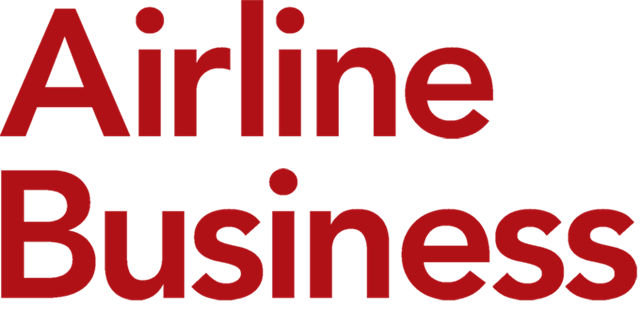How far through the crisis are Europe’s biggest airlines?

For European airlines, momentum had been growing across the year, in line with the successful roll-out of vaccination programmes. European short-haul travel began opening up in the summer with the lifting of quarantine requirements for fully vaccinated travellers. That notably stepped up in the second half of the summer and into an extended shoulder season for leisure travel.








 membership benefits
membership benefits